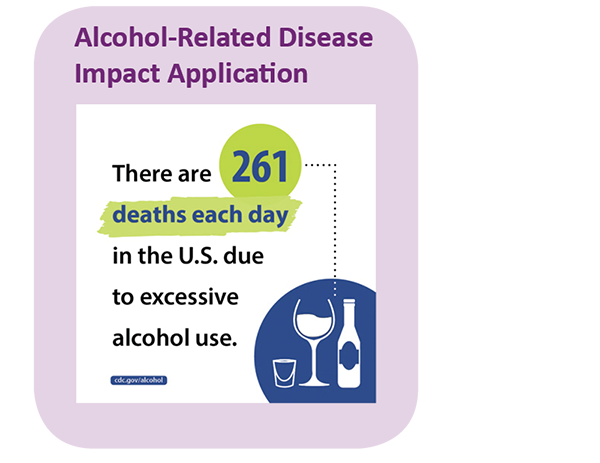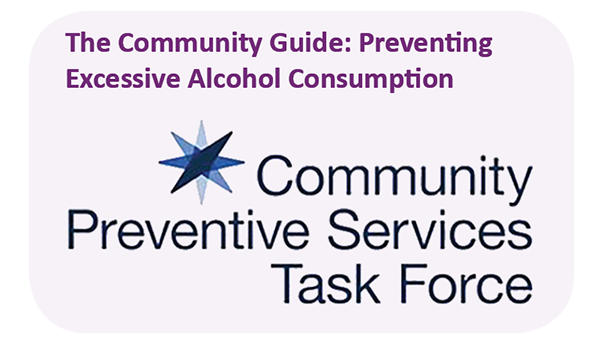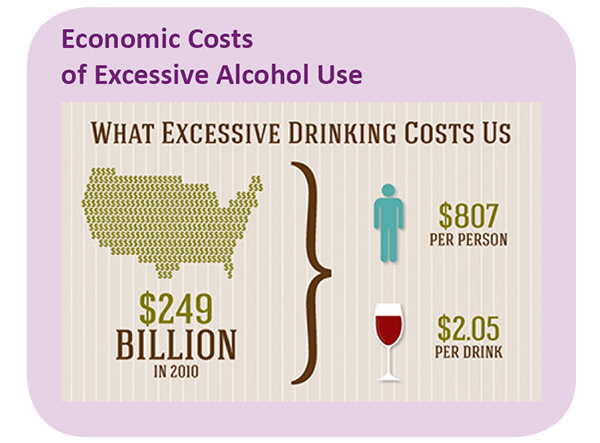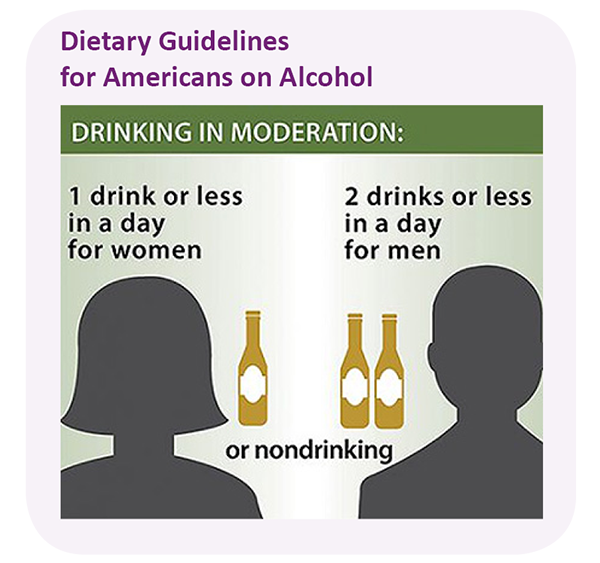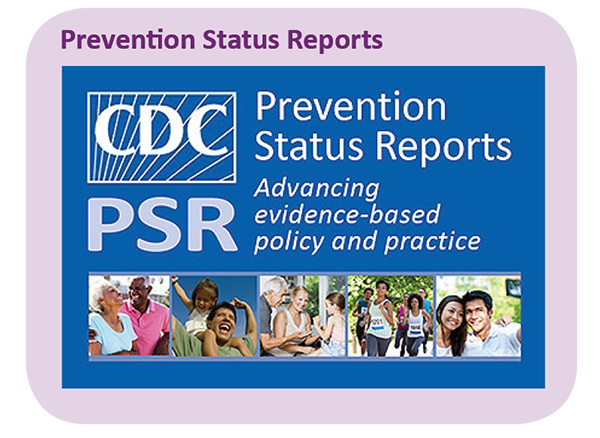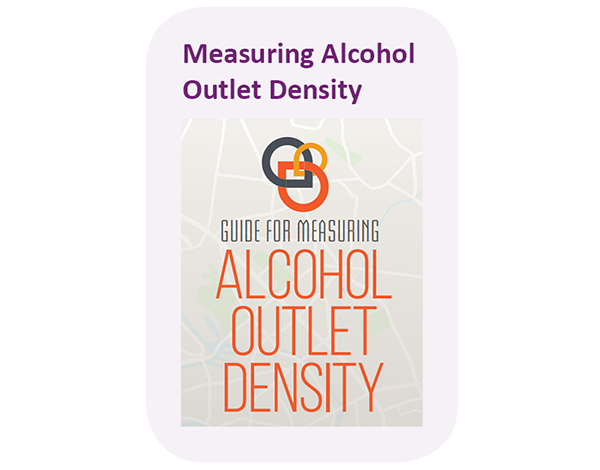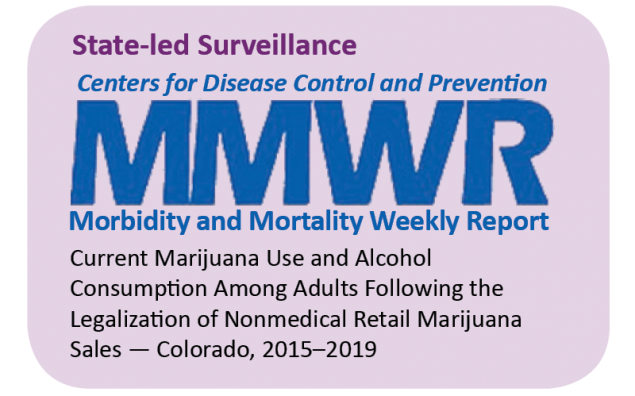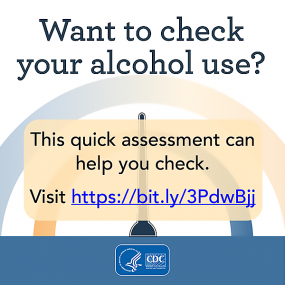
CDC Alcohol Program: Celebrating 20 Years!
ARCHIVED WEBPAGE: This web page is archived for historical purposes and is no longer being updated.
The Alcohol Program was established in the National Center for Chronic Disease Prevention and Health Promotion in 2001. Since then, CDC has advanced the prevention of excessive alcohol use, a risk factor for disease, injury, and preventable death.
Looking Back
The field of public health has made great strides in recognizing excessive alcohol use, particularly binge drinking, as a public health problem in the United States. This timeline reflects some of the milestones, and the CDC Alcohol Program’s contributions.
- 2001
- — The Alcohol Program was established in the CDC National Center for Chronic Disease Prevention and Health Promotion.
- 2003
- — The Alcohol Program published a foundational study, “Binge drinking among U.S. adultsexternal icon” in the Journal of the American Medical Association.
- 2004
- — The National Institute on Alcohol Abuse and Alcoholism National Advisory Council approved a definition of binge drinking for the field.
- — Alcohol was identified as the 3rd leadingexternal icon preventable cause of death in the United States.
- 2006
- — Congress passed the Sober Truth on Preventing Underage Drinking (STOP) Actpdf iconexternal icon, authorizing epidemiological research on excessive and underage drinking.
- 2007
- — The Alcohol Program co-authored its first Community Guideexternal icon review, in a series of 10 systematic reviews documenting the evidence-base for population-level strategies for the prevention of excessive drinking and alcohol-related harms.
- 2009
- — CDC awarded its first cooperative agreement to support monitoring of youth exposure to alcohol marketingexternal icon.
- 2012
- — Excessive alcohol use was highlighted as a leading public health problem in a series of Vital Signs publications on binge drinking.
- — CDC hosted a Public Health Grand Rounds on Preventing Excessive Alcohol Use: What Public Health Can Do.
- 2016
- — CDC awarded its first cooperative agreementexternal icon to support state capacity in alcohol epidemiology.
- — The Office of the Surgeon General published Facing Addiction in America: The Surgeon General’s Report on Alcohol, Drugs and Healthexternal icon.
- 2019
- — The Alcohol Program co-authored the firstexternal icon of several studies on associations between the use of alcohol and other substances.
What’s New
In 2021, the Alcohol Program:
- Established its first-ever national training and technical assistance center to support states and communities in the implementation of evidence-based strategies to prevent excessive alcohol use and its impacts. This cooperative agreement also expanded support for state alcohol epidemiology capacity from five to nine states.
- Published new estimates of the prevalence, frequency, and intensity of binge drinking in the US and states in Morbidity and Mortality Weekly Report. This report found that in 2018, one in six U.S. adults reported binge drinking in the past 30 days.
- Published a studyexternal icon in the American Journal of Preventive Medicine that found that 1 in 4 people who binge drink report other substance use, and that binge drinking is strongly associated with prescription drug misuse while drinking alcohol.
- Published Measuring Alcohol Outlet Density: A Toolkit for State and Local Surveillancepdf icon to provide step-by-step technical guidance to states and communities on the measurement of alcohol outlet density, a key risk factor for alcohol-related harms.
Use the “Get Email Updates” box on this page to be notified of new releases and announcements from the CDC Alcohol Program.
Looking Forward
Looking ahead, the Alcohol Program seeks to use innovative approaches to support the prevention of excessive drinking in states and communities, while continuing to:
- Conduct public health surveillance on excessive alcohol use and related health outcomes.
- Communicate about effective prevention strategies and provide resources to support public health practice.
- Expand state and local public health capacity in alcohol epidemiology.
- Provide national leadership on effective population-level strategies to prevent excessive alcohol use and related harms.
